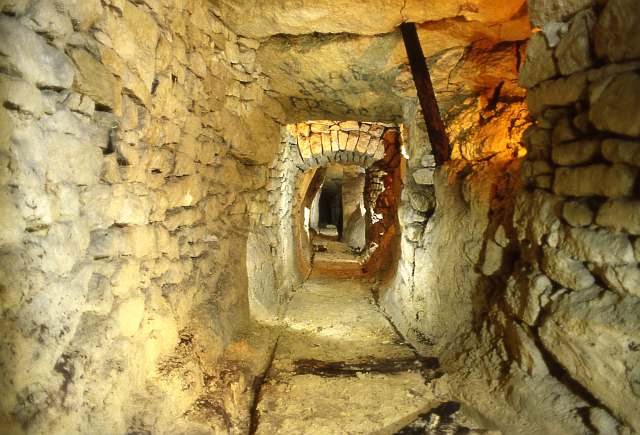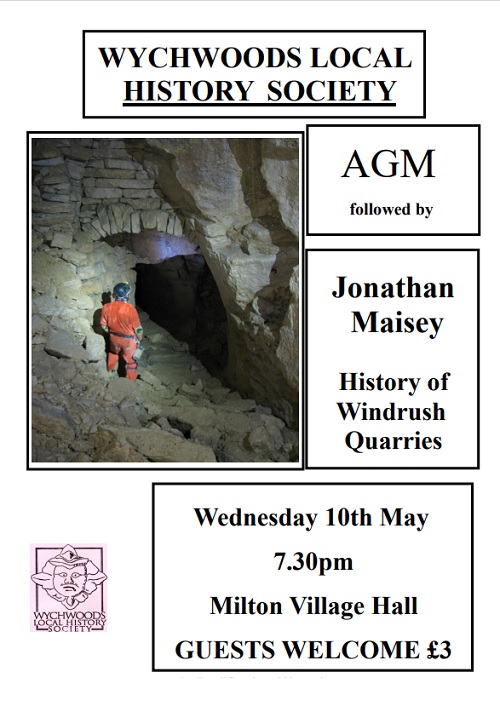
Our final talk of the 2022/3 season followed the society’s AGM, with 50+ members in attendance.
AGM: Download Chairman’s report as PDF here and AGM Agenda as PDF here . Minutes from the 2022 AGM are available as PDF here
The society’s AGM took place as scheduled for 7.30pm and was followed by the last talk in our 2022/3 series.
Jonathan Maisey’s presentation on the Windrush Quarries was particularly well-received and attracted interesting questions and feedback. [ See also Part 2 of this talk which took place on January 8th 2025 here ]
Jonathan has been involved in caving with the Gloucester Speleological Society (GSS) since 1983 and has a particular interest in the stone mines of the Cotswolds. Over the years he has been involved in the discovery and exploration of a number of these stone mines.
The Windrush in particular has led to the best discoveries. The underground quarrying industry of the Cotswolds is one which is not well known or publicised, but it is hoped that a forthcoming Windrush book will help to address this in some part. In general terms, these quarries – for example also at Barrington and Moreton – were locally-run by families who had no particular need for intensive record-keeping, and so detailed research is difficult and challenging.
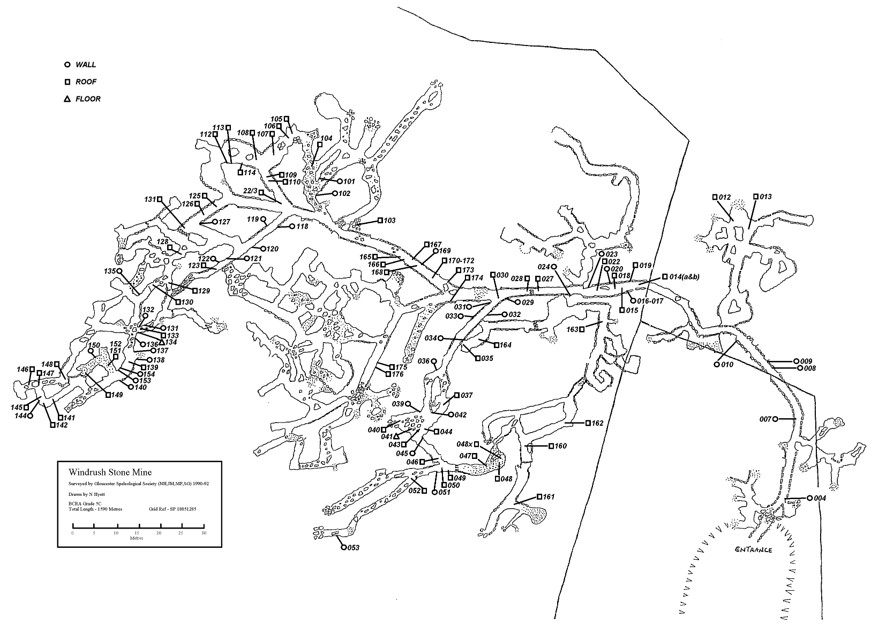
About Windrush Quarry
During a wide-ranging talk from Jonathan, we learned that Windrush Quarry consists of several passageways that are usually about 2 by 1.5 metres in size. The stone was moved by carts underground for both local use and for nearby towns and cities such as Oxford. The carts have left a series of well-preserved ruts along the passages. Graffiti from the quarrymen dates from at least 1853 with the majority being between 1860 and 1909.
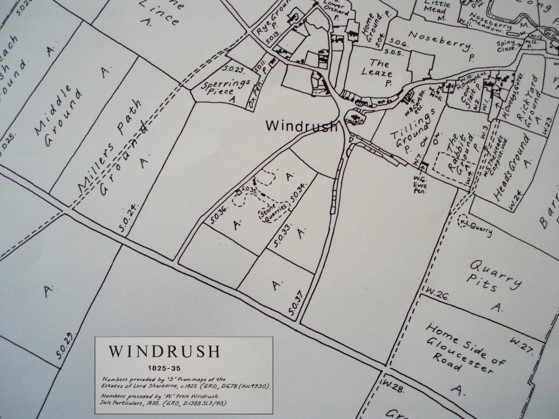
Several smaller old quarries are dotted around Windrush Quarry on the 1891 O.S. Map, and these are thought to have provided employment from the 15th century at least as Windrush provided stone for St. George’s Chapel, Windsor, in 1478. The best example of Windrush stone in use is the front of Oriel Library (Oxford). For some time, the stone quarried here appears to have been grouped under the generic term of ‘Burford Stone’ (including other local quarries).
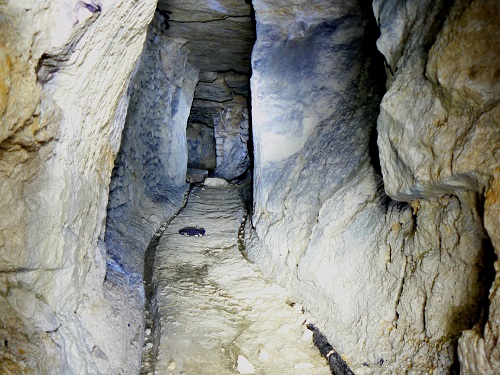
The quarry closed about 1900, because parts had become unsafe and expensive alterations would have been required, to comply with government regulations, although surface quarrying, for example for walling stone, continued to be quarried and dressed here until 1911.
Windrush Quarry was reopened by Gloucester Speleological Society in 1981. It is now gated with access available to bona fide cavers.
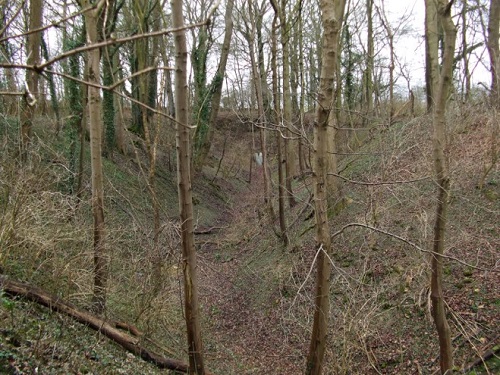
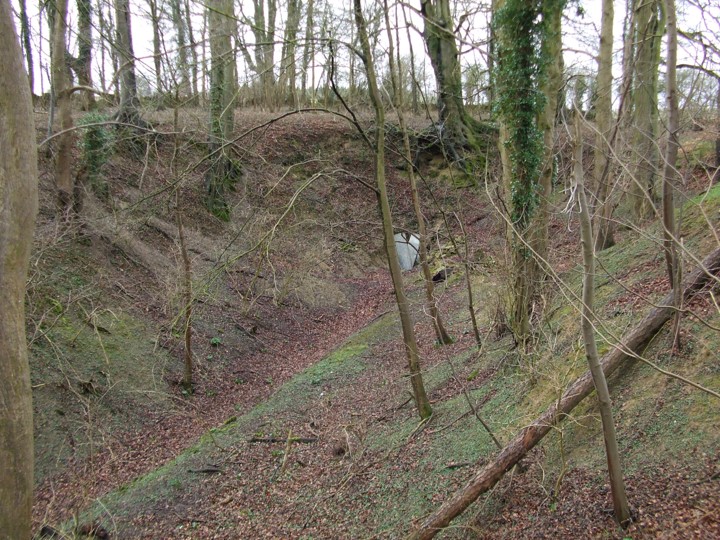
Timeline of Exploration
Though the site was first visited and reviewed by Maurice Febry (GSS), no work was started until the quarry was opened by the GSS and fully explored – that is ‘Windrush 1’ – from the main cutting. In 1988 new access arrangements were made with the landowner and a full survey made of ‘Windrush 1’, and by 1994 a new wall and secure gate installed under the arch in the ‘Windrush 1’ entrance. Also at this time, Maurice Febry dowsed what ‘could be’ passages coming off from the second cutting, heading towards the so-called ‘clay bell’ and the eventual breakthrough into what would become ‘Windrush 2’.
This ‘Windrush 2’ section now connects back to a second entrance at a smaller cutting and at an area believed to be the ‘stables’ where it is quite possible that working horses were kept.
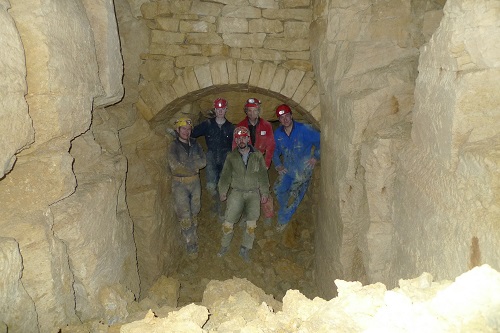
After several years of hiatus in GSS activity here, 2009 saw renewed interest in the mine by GSS members and a year later a graffiti survey started which is now ongoing as further areas are waiting to be discovered and explored. Such a survey was mindful of the fact of roof falls obliterating these markings. The forthcoming book by the Society plans to start with the graffiti survey as a starting point.
Graffiti and Artefacts
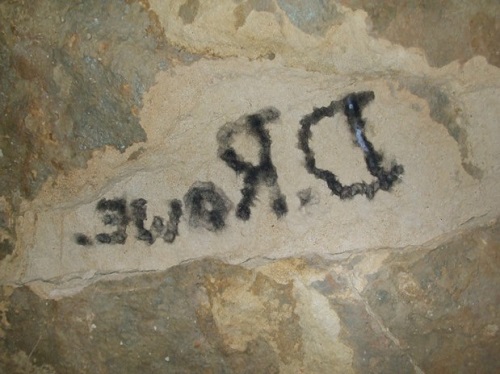
Far and away the most obvious reminder of activity in the Windrush Quarries is the extent and variety of graffiti left by quarrymen and others over time. We saw many examples of this, some which had been created with obvious skill, and at least one, mysteriously, created by candle soot and written in reverse on a ceiling.
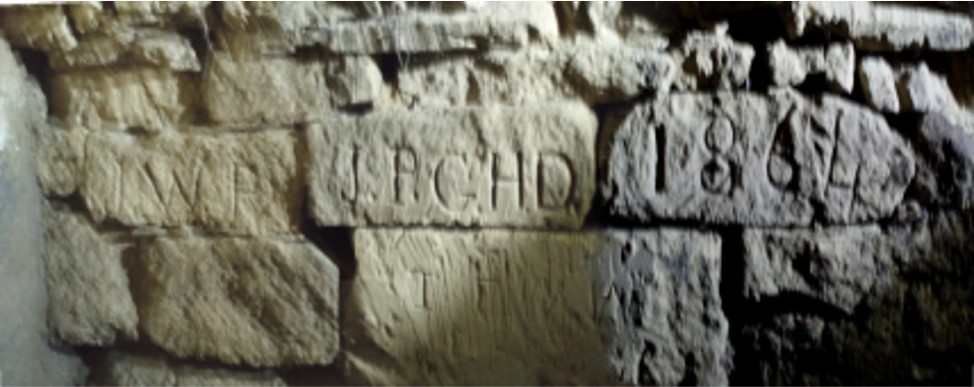
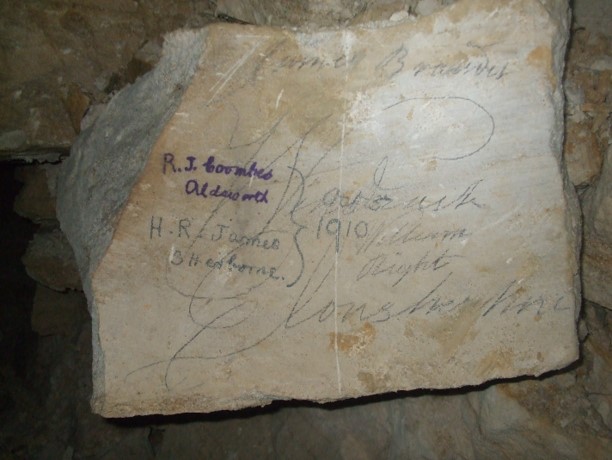
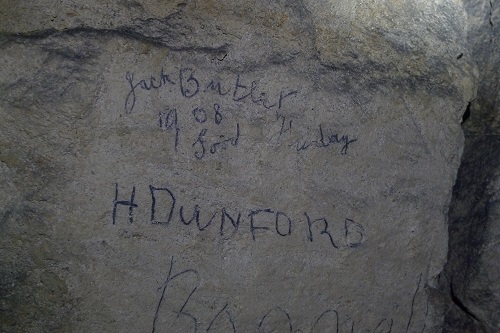
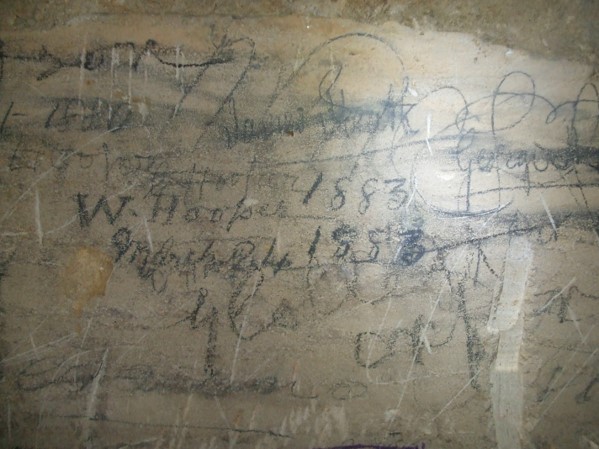
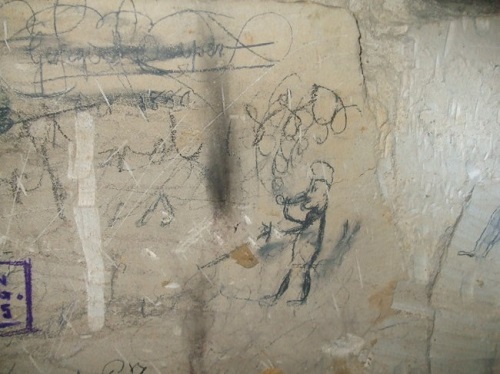
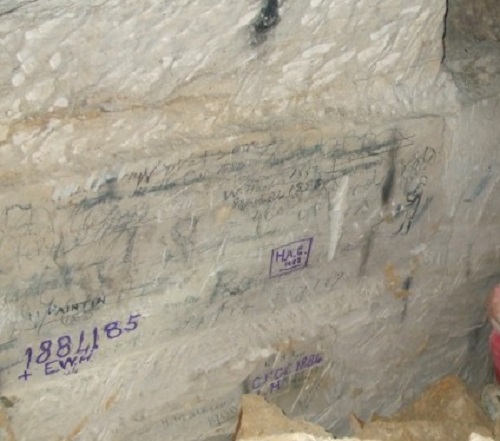
Jonathan described to us some of the research being made to link as many as possible of these names to the population census, perhaps then to add more dimensions to our knowledge of these working men otherwise lost to history. Additionally, links can be made to war memorials and other local records.
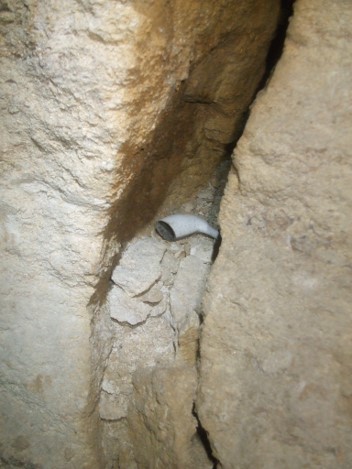
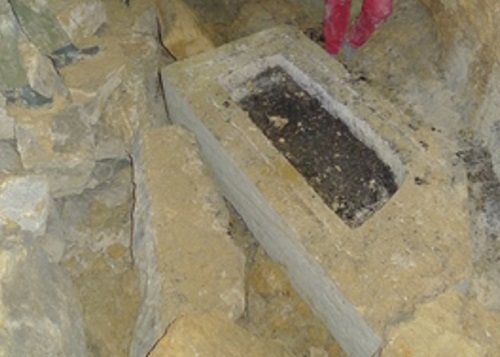
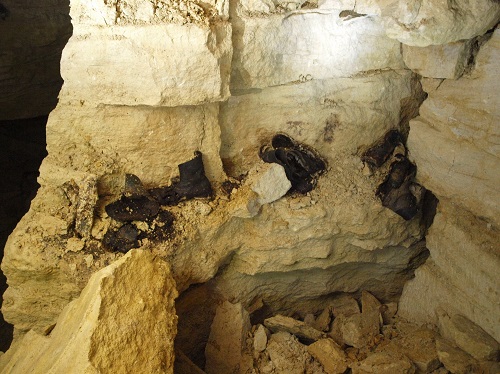
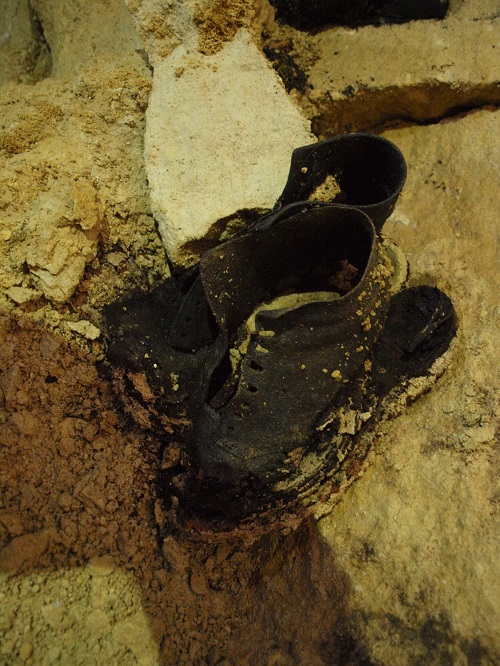
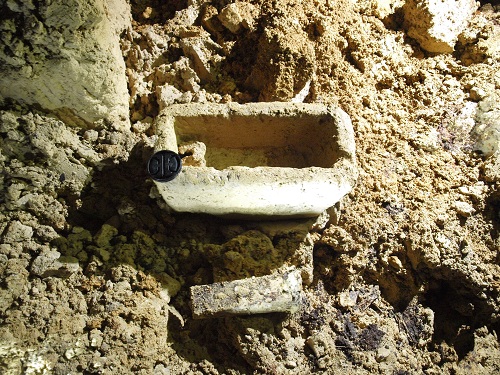
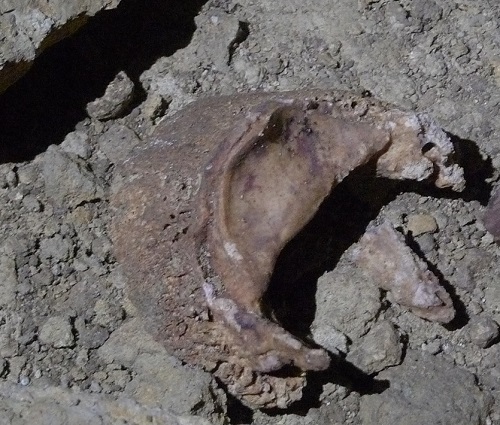
Apart from ubiquitous clay pipes – and a solitary detached horse hoof possibly due to disease caused by damp conditions – among more mysterious finds were the number of abandoned workmen’s boots . Were these simply rough “working boots” changed into from everyday and cleaner footwear by the workers on arrival? Or some kind of ritualised farewell offering by retirees? One day we might know.
A January 2025 follow-up to this talk appears here
Post-Script: from Geograph:
This is a photograph of the main passageway in Windrush Quarry, shown on the Geograph website. Following the photographer’s profile, we can find several other examples of stone quarries in our region and elsewhere.
